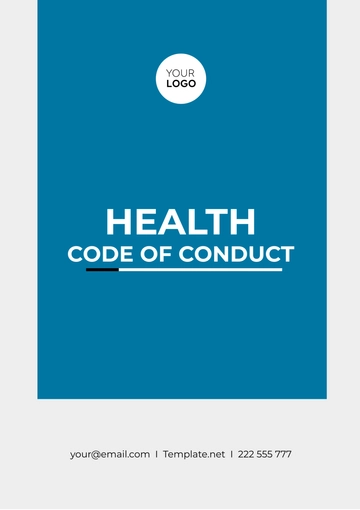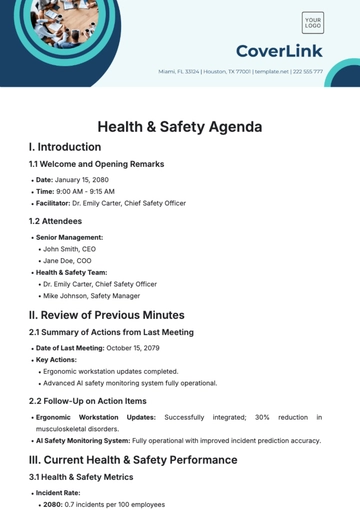Free Medical Case Study

Patient Initials: J.R.
Age: 42
Sex: Female
Date of First Consultation: February 15, 2050
Chief Complaints: Persistent cough, fatigue, unintentional weight loss
I. Executive Summary
J.R., a 42-year-old female, presented with a persistent cough, fatigue, and unintentional weight loss. Initial evaluation suggested a respiratory tract infection; however, further investigation revealed a more complex diagnosis.
II. Clinical History
Previous Medical Conditions: None reported
Family History of Diseases: No significant family history
Lifestyle and Habits: Non-smoking, occasional drinker, regular exerciser.
Current Medications: None reported
III. Symptoms Overview and Physical Examination Findings
[Patient's Initial] reported a cough that had been present for three months, accompanied by fatigue and a 10-pound unintentional weight loss. Physical examination revealed decreased breath sounds in the right lower lung field.
IV. Diagnostic Tests and Results
Chest X-ray (February 20, 2050):
Results: Consolidation in the right lower lobe
Diagnostic Significance: Suggestive of pneumonia or lung mass
Sputum Culture (February 22, 2050):
Results: Positive for acid-fast bacilli
Diagnostic Significance: Indicates Mycobacterium tuberculosis infection
Mantoux Tuberculin Skin Test (February 25, 2050):
Results: 15 mm induration
Diagnostic Significance: Positive result, supporting the diagnosis of tuberculosis
V. Diagnosis
Final Diagnosis: Pulmonary Tuberculosis
Differential Diagnoses:
Pneumonia
Lung Cancer
Diagnostic Conclusion Rationale: The diagnosis of pulmonary tuberculosis was based on the positive sputum culture and Mantoux tuberculin skin test, supported by the clinical presentation and chest X-ray findings.
VI. Conclusion and Recommendations
Key Takeaways: This case highlights the importance of considering tuberculosis in the differential diagnosis of persistent cough, especially in high-risk populations.
Recommendations: Initiation of anti-tuberculosis treatment, including a combination of isoniazid, rifampicin, pyrazinamide, and ethambutol. Additionally, contact tracing and screening of close contacts for tuberculosis infection are recommended. Regular follow-up to monitor treatment response and ensure adherence to the medication regimen is essential.
Prepared by:
Dr. [Your Name]
Contact Details:
[Your Company Email]
[Your Company Number]
[Your Company Name]
- 100% Customizable, free editor
- Access 1 Million+ Templates, photo’s & graphics
- Download or share as a template
- Click and replace photos, graphics, text, backgrounds
- Resize, crop, AI write & more
- Access advanced editor
Our Medical Case Study Template is essential for creating detailed medical case studies. This customizable document covers patient history, diagnosis, treatment plan, outcomes, and follow-up care. Downloadable and printable, it showcases medical cases and shares knowledge. Edit it in our AI Editor Tool to fit your needs and enhance your case study efforts.





























